We will not forget 2020. For decades, even centuries, humans have taken nature for granted. It was only a matter of time before human activity exposed us to another zoonotic pathogen and, given the speed of modern travel, a pandemic was perhaps, tragically, inevitable. Just as with climate change, difficult scenarios we predicted for future generations are happening much earlier. Individuals are responding to these urgent challenges, and our institutions must too. For the progressive community of zoos and aquariums, of which I am proudly part, there is now even more urgency to act.
The World Association of Zoos and Aquariums (WAZA), an IUCN Member since 1949, includes among its own members more than 280 zoos and aquariums from over 50 countries, and 23 national and regional associations. In a normal year we estimate more than 700 million people visit zoos and aquariums worldwide, with many millions following their work online too (the only option during lockdown). With this huge and growing audience, we nurture strong relationships with the wider public. We foster love for animals and advocate for them to have their habitats protected. Where science often struggles to find the words to engage people, zoos and aquariums bridge the gap. To that end, jointly with the International Zoo Educators Association, WAZA has published Social Change for Conservation: The World Zoo and Aquarium Conservation Education Strategy. Inspiring conservation action in the wake of the pandemic is essential if we are to reform humanity’s relationship with the natural world.
In a normal year we estimate more than 700 million people visit zoos and aquariums worldwide. Inspiring conservation action in the wake of the pandemic is essential if we are to reform humanity’s relationship with the natural world.
Alongside ex situ conservation like the breeding of threatened species, every year progressive zoos and aquariums invest hundreds of millions of dollars in field programmes. With other IUCN Members, we are part of the larger puzzle that makes conservation work but, as COVID-19 has shown so clearly, more must be done. So, how does such a complex network come together to level-up our impact?
Put simply, I believe the need is for better connections between the pieces of the puzzle, and this is where initiatives like Reverse the Red fit in. Founded by IUCN, WAZA and our partners, Reverse the Red is a global movement to build cooperation and action that ensures the survival of species and ecosystems. Whether government agencies, NGOs, zoos, aquariums, botanical gardens or parties to multinational agreements, we all have a role to play.


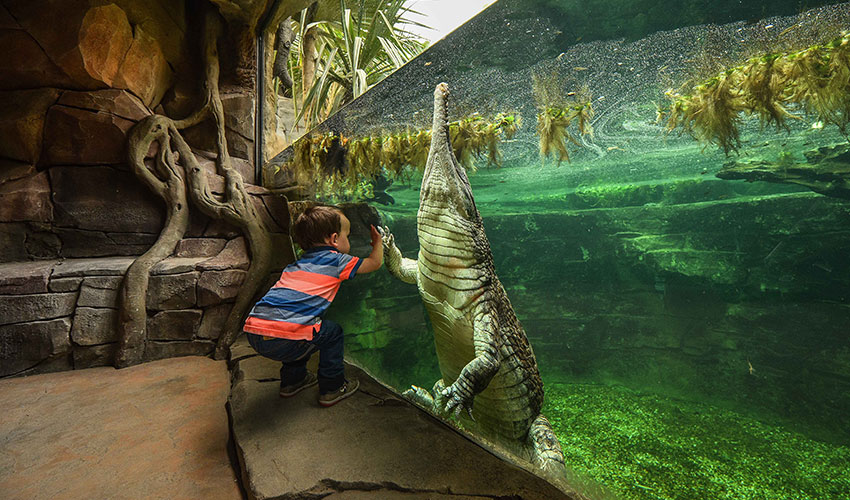
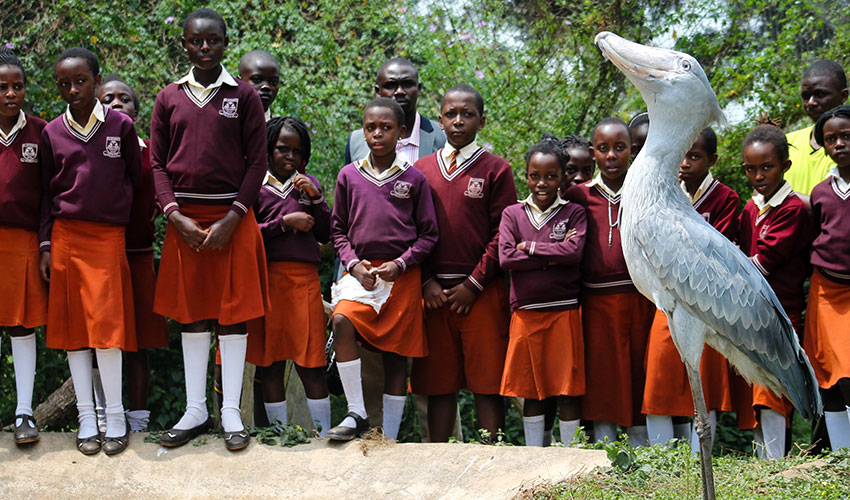
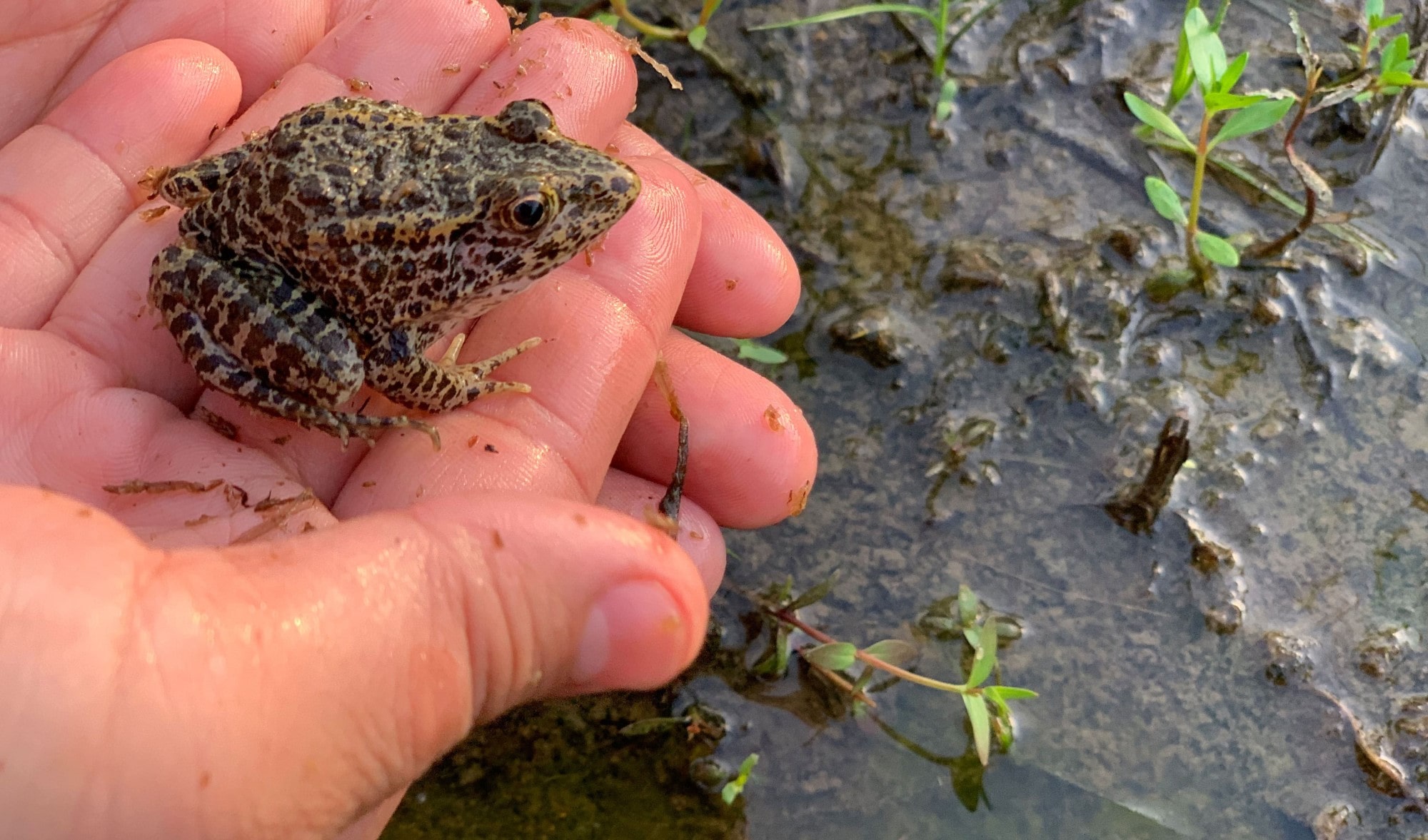
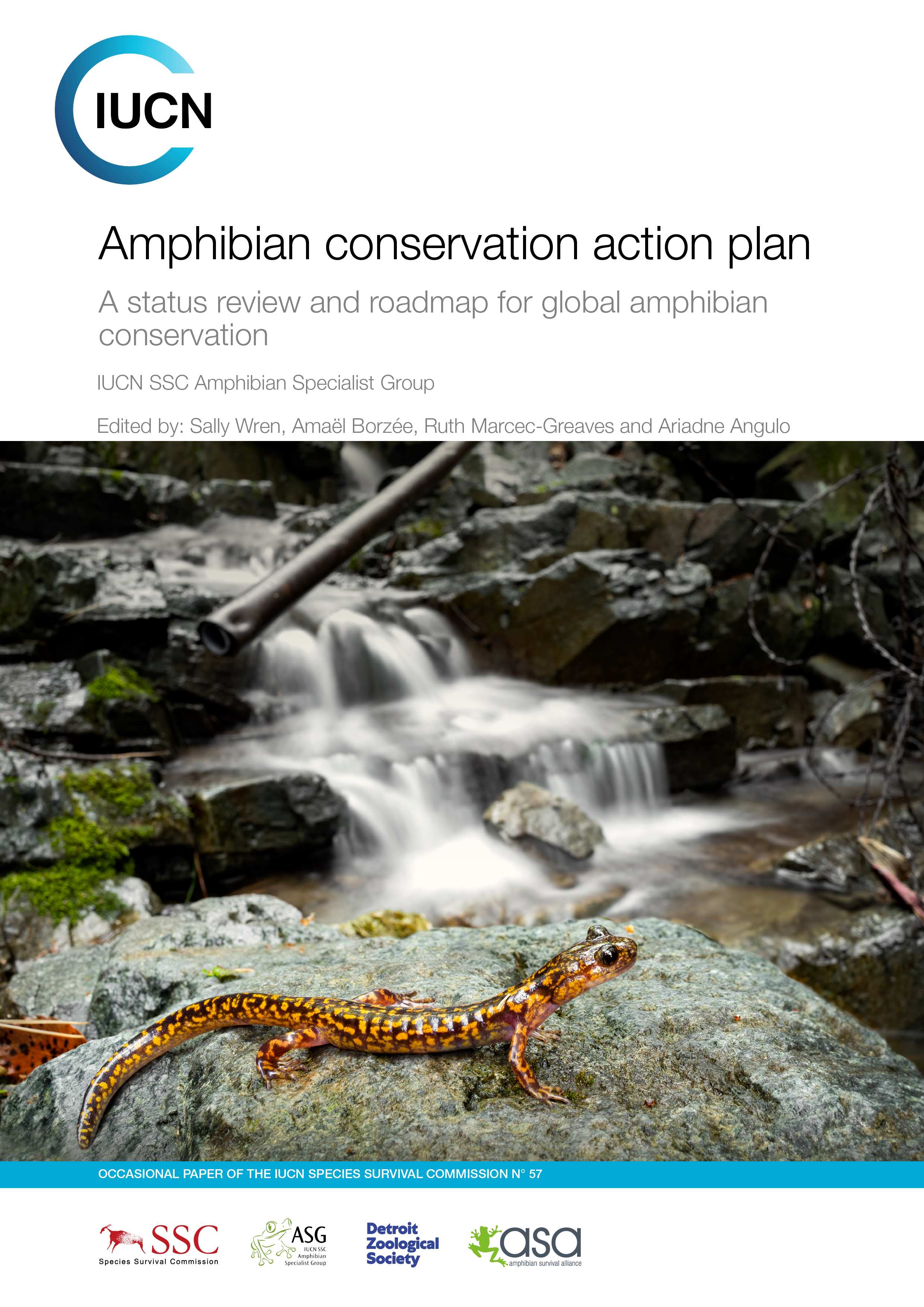
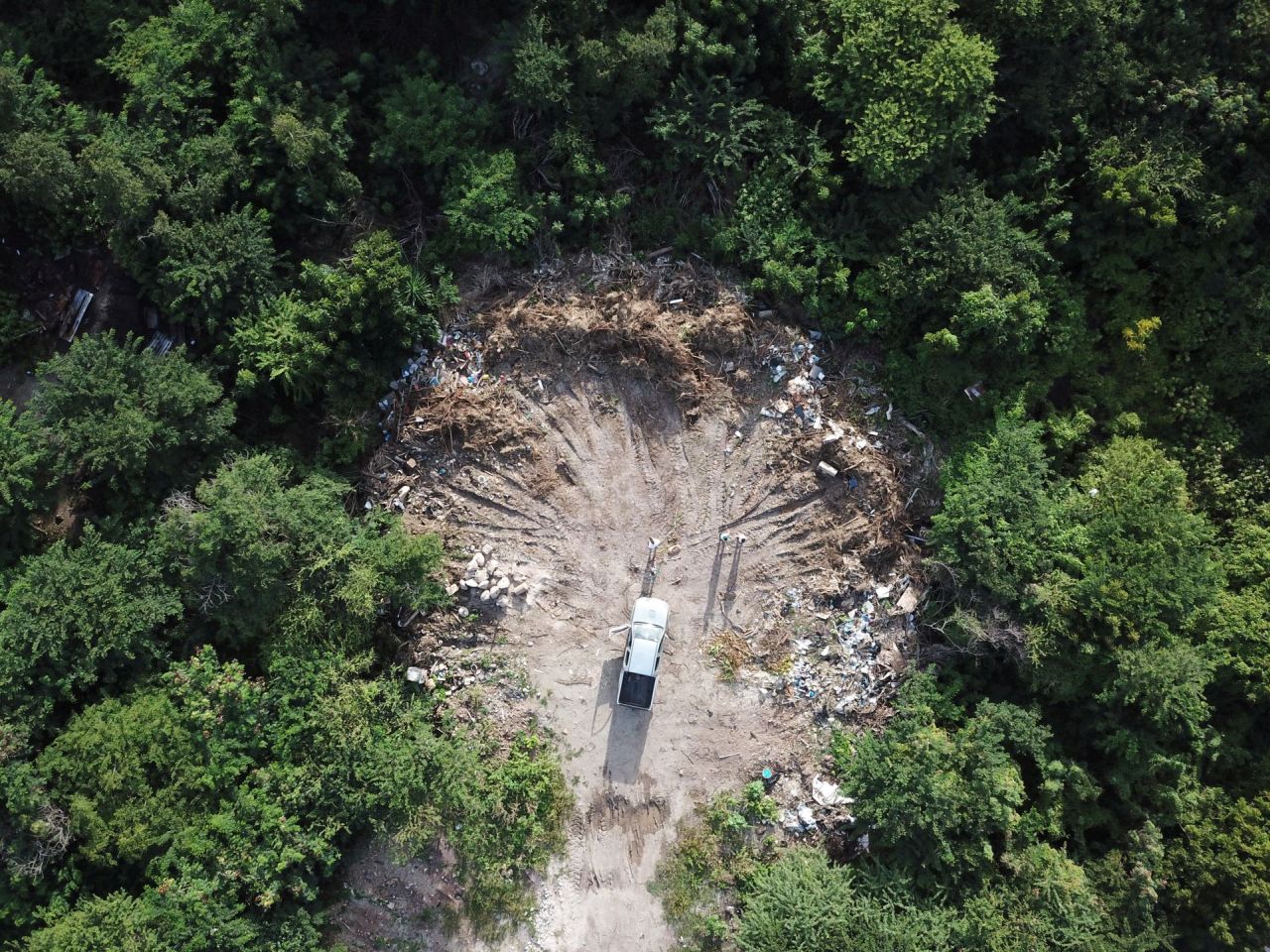
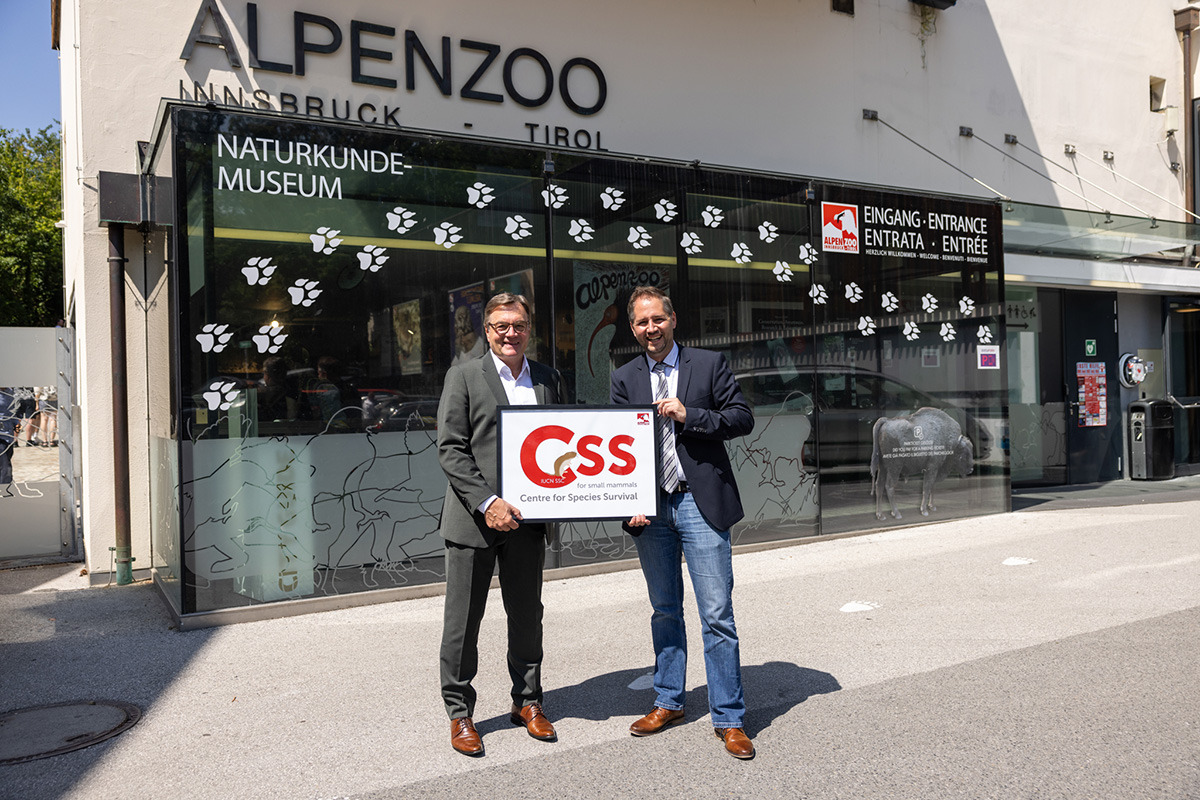

Add new comment